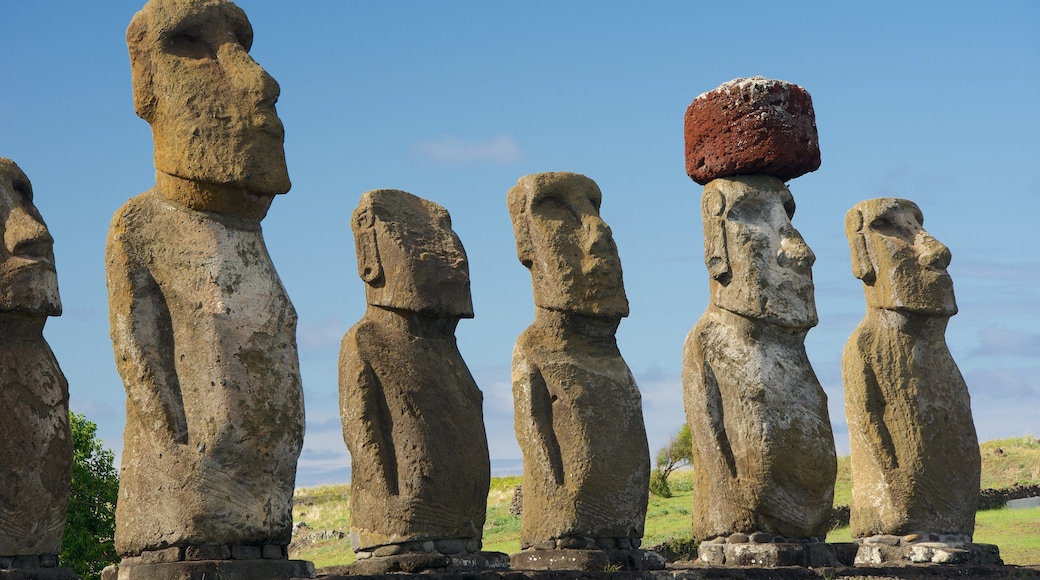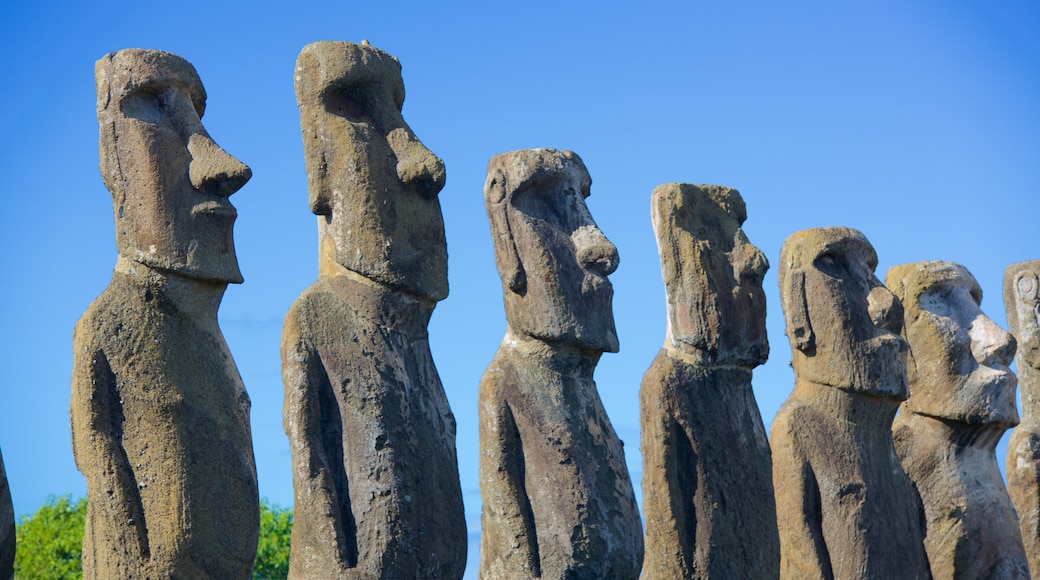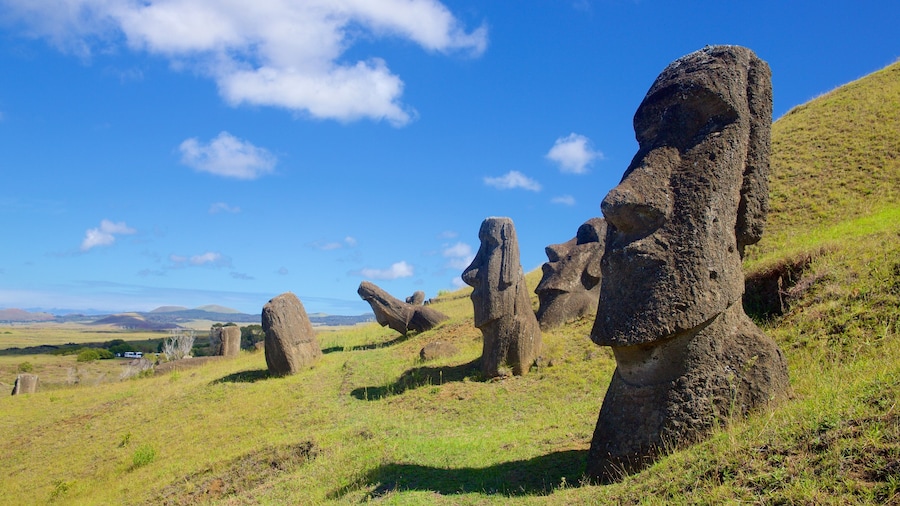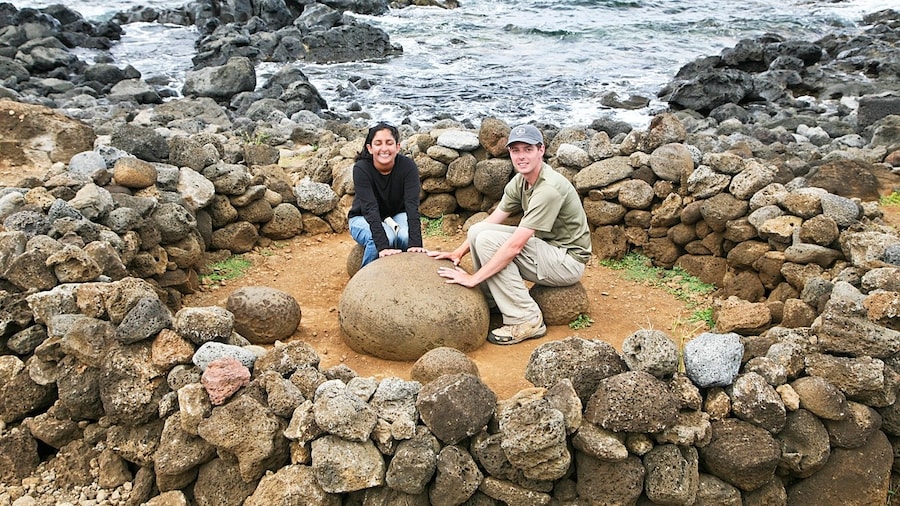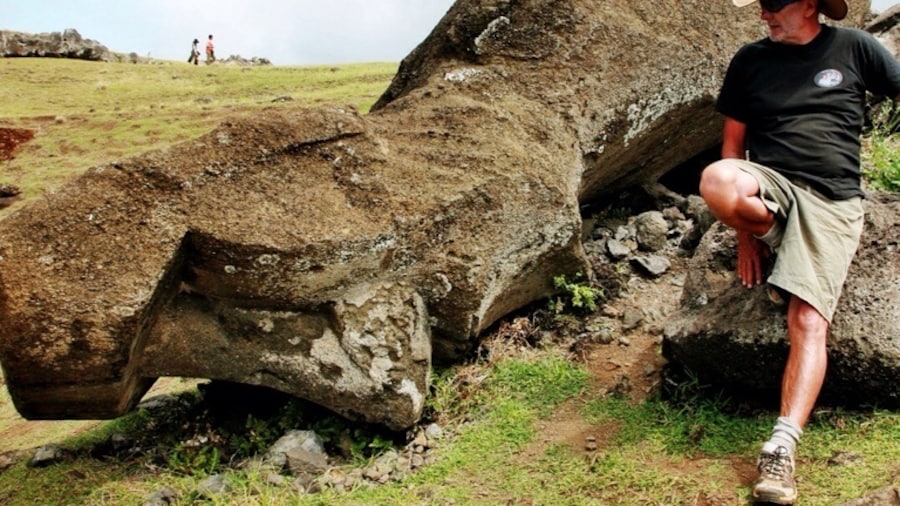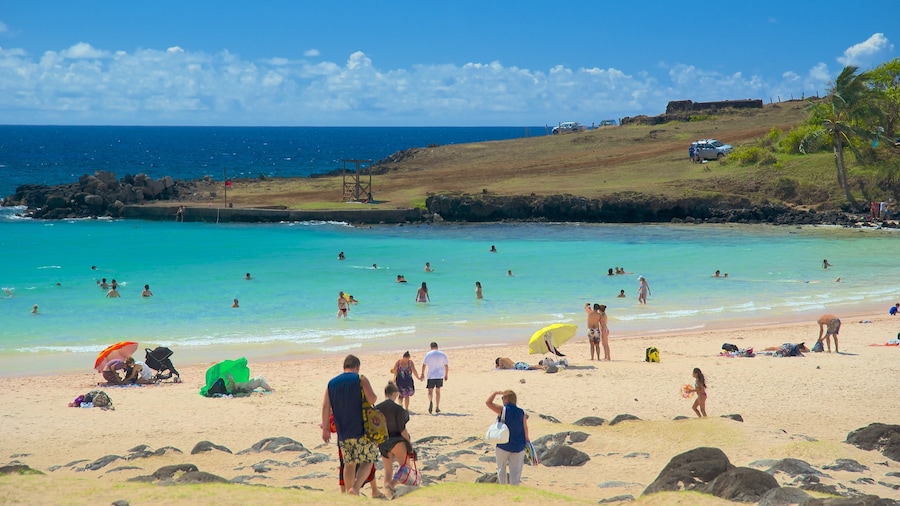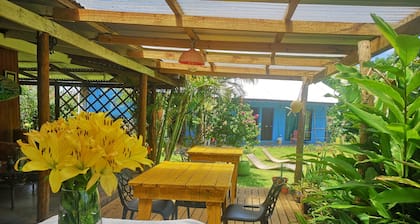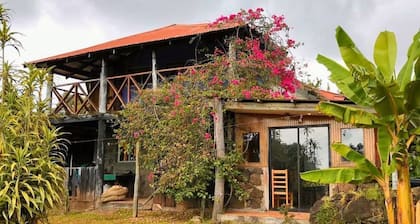The largest spiritual site of its kind on Easter Island, Ahu Tongariki comprises a long platform and 15 carved stone figures, known as moai, of varying shapes and sizes. The indigenous Rapa Nui people used to congregate in this central location, which was the capital of the southeastern part of the island. Spend time learning about the ancient practice of crafting moai and discover what each statue symbolizes.
Like many of the other moai on the island, these statues were toppled by the islanders during civil wars. Later, they were heavily damaged when a tsunami hit in 1960. Visit the site today and find the statues standing once again following a 5-year restoration project undertaken in the 1990s.
Get up-close to the platform to inspect and admire the craftsmanship that went into producing each of these statues. Note the pukao (a type of hat or headgear) on the statue standing second from the right. This is carved from a light red volcanic rock, which contrasts with the darker head and body beneath it.
Walk around the platform and examine the statues’ serious-looking faces. All 15 figures stand side by side and face the sunset during summer solstice.
Take photos of the row of giant heads against the backdrop of the blue sky. Behind them are seemingly endless stretches of green hills and in front is the ocean. One of the best times to come here is at dawn, when the sun casts its glorious light over these magnificent models.
Relax on the lawn in front of the site and contemplate the extraordinary history of the Rapa Nui people. Discuss what you’ve learned about their civil wars and their isolation from other societies with family and friends.
Ahu Tongariki is located in the Hotu-iti district in southeastern Easter Island, just 0.6 miles (1 kilometer) from the volcanoes of Poike and Rano Raraku. There is a fee to enter the Rapa Nui National Park and access the site.



